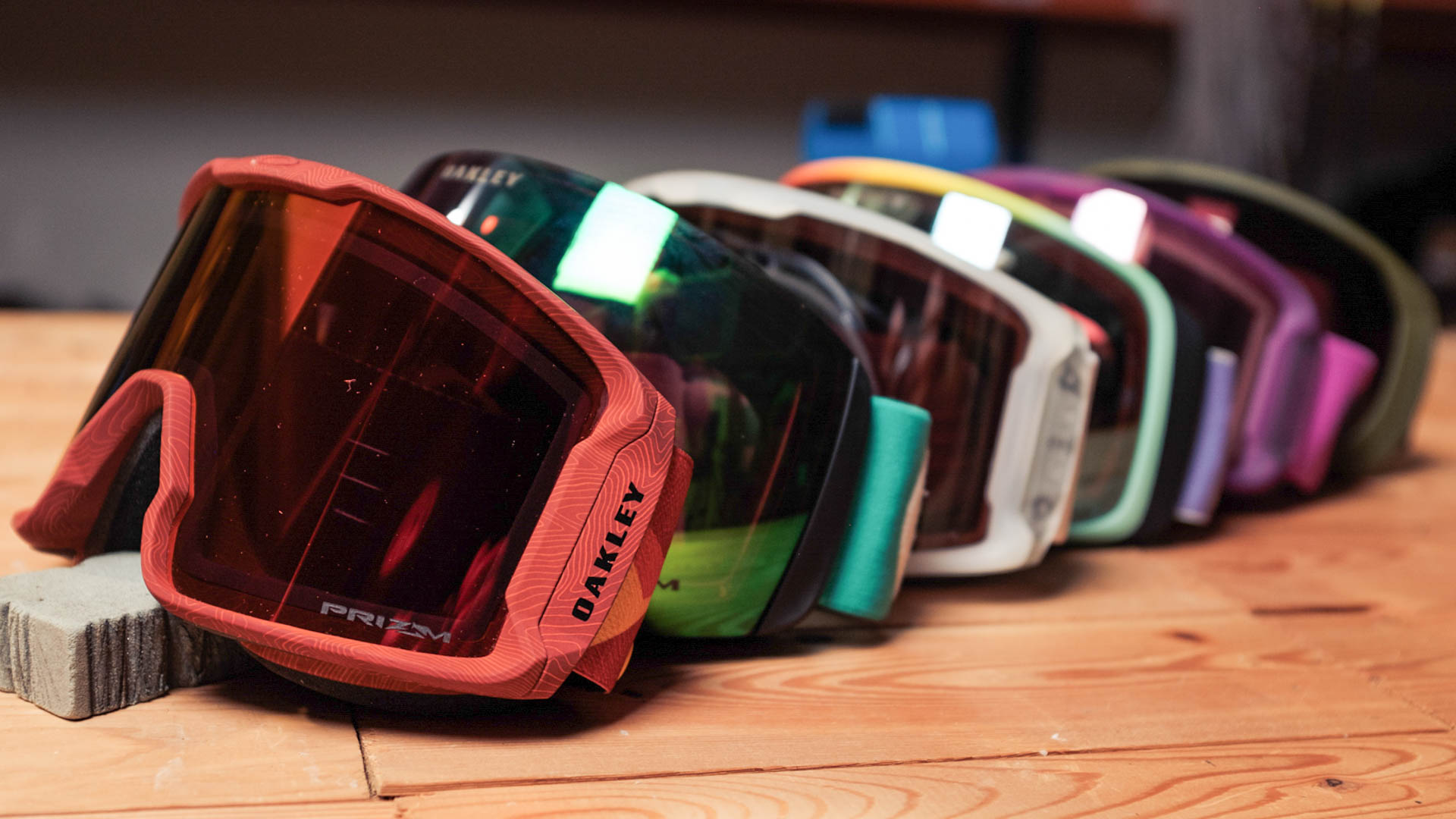All ski goggles will have a choice of lens types. Getting this right will be the key to seeing the whole mountain plus protecting your eyes for the long run. Going for the darkest of tints will be great for the bluebird days but useless in the cloud, conversely the high vis lenses will let you see all the details but put your eyes at risk from snow burn if the sun appears. The key choices to make are the levels of Visible Light Transmission and the lens colour or tint.
Visible Light Transmission
Visible Light Transmission (VLT) is how much light is transferred through the goggles to your eyes. VLT is often displayed as a percentage or placed within the standard categories from 0 – 4.
The range goes from Cat 0 (80 – 100% of the light), which is rarely needed unless night skiing, through to Cat 4 which only lets in 3 – 8% of light, perfect for days on the glacier but not much else. In the middle and most common is Category 1 (46 – 79%) – great for low light and cloudy conditions, Category 2 (18 – 45%) is another good allrounder for partly sunny or cloudy days and Category 3 (8 – 17%) is most suitable for bright sunny days.
Lens Colour and Technology
The second factor will be the lens colour and contrast enhancing technology that the manufacturer uses. You will see many names for this such as the Smith Chromapop, Spy Happylens, or Oakley Prizm technology. This is the colouring put into the lens that will highlight features and bumps, ultimately enhancing what your eyes and brain can process making it easier to shred the mountain.

